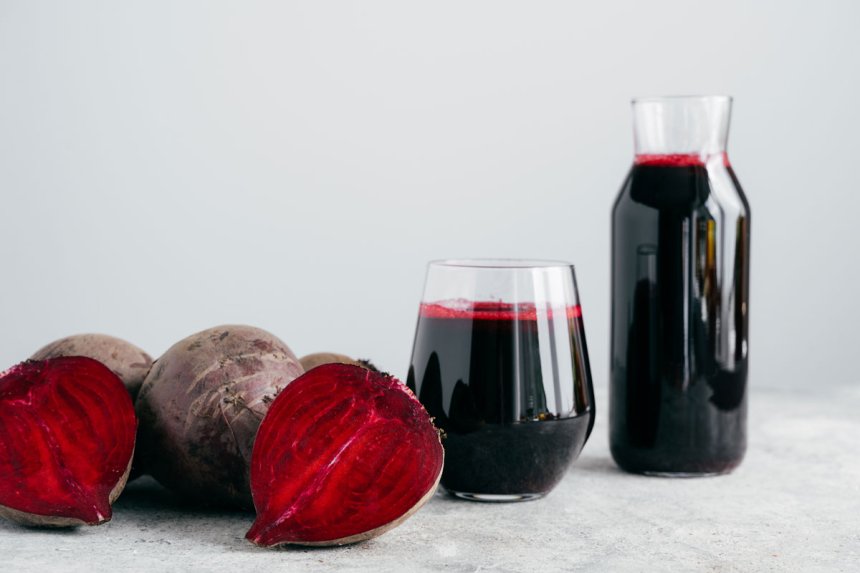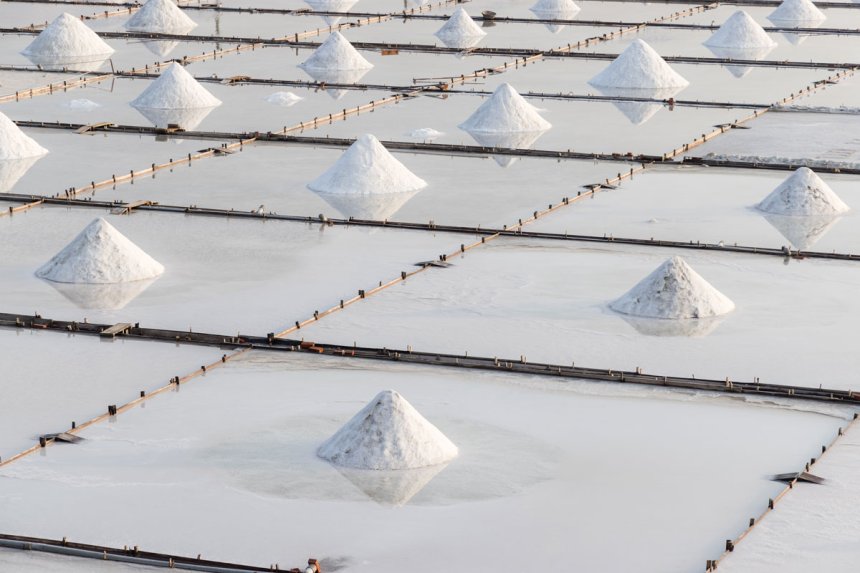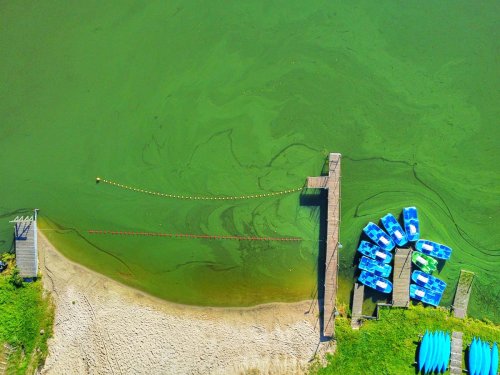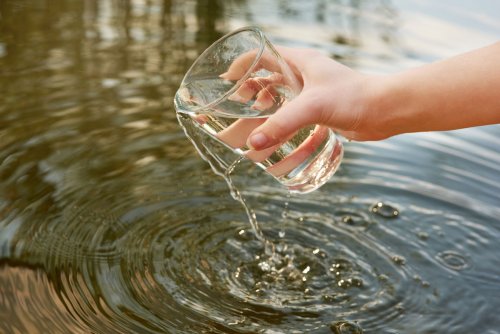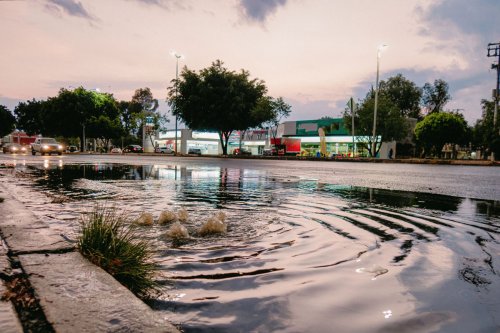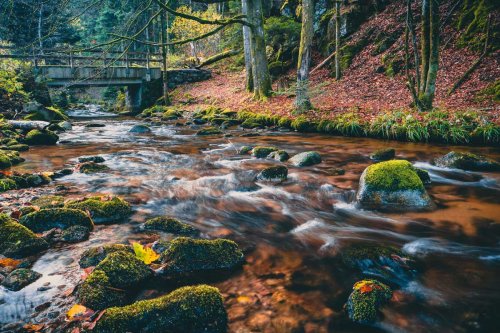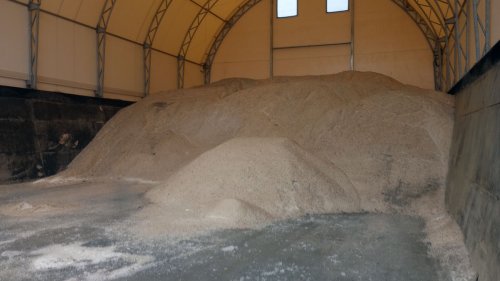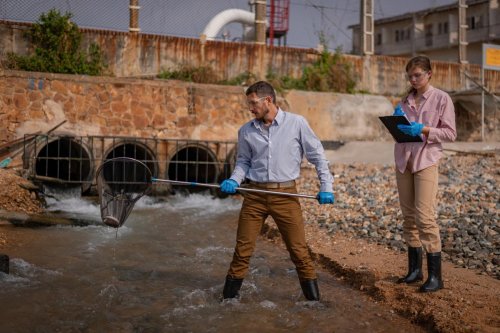Exploring Road Deicing Alternatives to Rock Salt
Every ton of rock salt kept out of the environment makes a difference for local rivers, groundwater, infrastructure, and long-term sustainability.

During the winter months, keeping roadways safe from ice and snow is a top priority for highway departments and municipalities. For decades, rock salt (sodium chloride) has been the standard go-to for deicing roads - it’s inexpensive, readily available, and effective at melting ice.
However, heavy reliance on rock salt comes with serious downsides:
-
It contributes to the salinization of local waterways, harming aquatic life and plants.
-
It can damage road surfaces, bridges, and vehicles.
-
It increases corrosion of infrastructure like guardrails and reinforced concrete.
-
It contaminates groundwater and affects drinking water supplies.
Given these concerns, many communities are exploring more sustainable and less damaging alternatives. Here are some key options:
Brine Solutions
Salt brine (a mixture of salt and water) is increasingly used for pre-treatment of roads:
-
Applied before a storm, it prevents ice from bonding to pavement.
-
It reduces overall salt use by as much as 50-75%.
-
Because it stays in place better than dry salt, less product is lost to wind or traffic.
Some municipalities also use blended brines, combining salt brine with materials like:
-
Cheese whey
-
Corn or potato byproducts
These natural additives help the brine work in lower temperatures and stick to the road surface longer.
Sand and Grit
Sand and grit don’t melt ice but provide traction for vehicles:
-
Often used on rural or environmentally sensitive roads.
-
Particularly helpful in extreme cold when salt is ineffective.
Caveats:
-
Requires post-season cleanup to avoid clogging storm drains and waterways.
-
Not suitable as a standalone solution for high-traffic or critical routes.
Calcium Magnesium Acetate (CMA)
CMA is an environmentally friendly deicer made from limestone and acetic acid (like vinegar):
-
Much less corrosive than salt.
-
Biodegradable and safer for nearby vegetation and waterways.
Limitations:
-
Significantly more expensive than salt.
-
Less effective at very low temperatures.
Potassium Acetate
Potassium acetate is used primarily in sensitive locations:
-
Ideal for airports, bridges, and parking structures.
-
Non-corrosive and works well in sub-zero temperatures.
Downside: High cost typically limits its use to targeted areas.
Alternative Salts
Calcium chloride and magnesium chloride are alternatives to sodium chloride:
-
Work effectively at lower temperatures.
-
Less damaging to the environment compared to rock salt.
-
Often used in liquid form for pre-wetting or direct application.
Tradeoffs:
-
More expensive than sodium chloride.
-
Still contribute some chloride pollution, though at reduced levels.
Reducing dependence on rock salt doesn’t mean sacrificing road safety. Municipalities can implement a combination of approaches:
-
Use brine pre-treatments to minimize salt usage.
-
Apply sand where appropriate for traction.
-
Reserve premium alternatives like CMA or potassium acetate for critical areas.
Equally important is public education:
-
Let residents know why alternative methods may be used.
-
Encourage reduced use of salt on sidewalks and driveways to complement municipal efforts.
Every ton of rock salt kept out of the environment makes a difference for local rivers, groundwater, infrastructure, and long-term sustainability.

